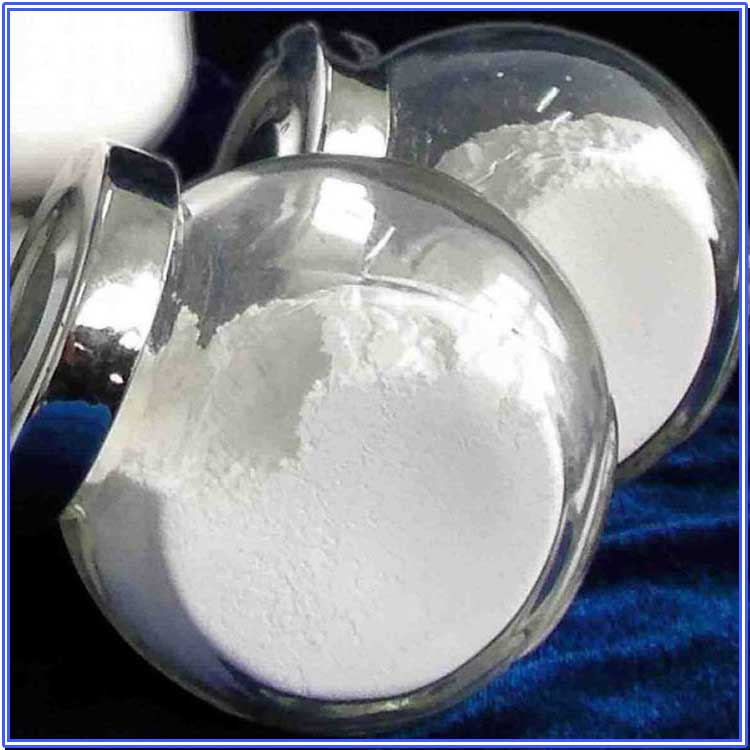Hebei Messi Biology Co., Ltd. stated that nano-magnesium oxide is a new type of high-functional fine inorganic material. Due to the special effects of nanomaterials such as surface effect, volume effect, quantum size effect and macroscopic quantum tunneling effect, it has some optical, thermal, electrical, magnetic, mechanical and chemical properties that are different from the original. In recent years, it has important applications in the fields of antibacterial agents, catalysts, adsorbents, advanced ceramics, optoelectronic materials, refractory materials, fillers, and medicine. Nano-magnesium oxide usually has different morphological characteristics, and different morphological characteristics lead to different properties. Its main forms are powder, film, sheet, rod, tube, wire, etc., and there are some special morphologies.
The currently reported preparation methods of nano-magnesium oxide are mainly divided into gas phase method, solid phase method, and liquid phase method. Among them, solid phase method and liquid phase method are the most common. The solid phase method mainly includes mineral calcination method, mechanical crushing method, and solid phase chemical reaction method. The liquid phase method mainly includes precipitation method, sol-gel method, electrochemical method, metal alcohol salt hydrolysis method, hydrothermal method, dolomite carbonization method, microwave method, microemulsion method, etc. Among them, the mineral calcination method is one of the commonly used methods for large-scale preparation of magnesium oxide due to its abundant raw materials and low cost. However, the commonly used mineral is generally magnesite, which usually requires a complex pretreatment process before calcination, and most of the produced magnesium oxide is low-end. Although the quality of magnesium oxide produced by the liquid phase method is high, this method requires a large amount of chemical reagents, and even introduces organic impurities to cause pollution, and has high requirements for equipment and high costs, and industrial production faces challenges. Therefore, finding a low-cost, pollution-free method suitable for industrial production of high-quality magnesium oxide products is an important task at present.

Hydromagnesite is a natural basic carbonate mineral with abundant reserves. The mineral was first discovered in areas such as Bange Lake in Tibet in the late 1950s. The proven hydromagnesite resources in my country exceed 100 million tons, which is a rare large-scale deposit, mainly distributed in the northern Tibetan salt lake area and some salt lake areas in Qinghai. Hydromagnesite is pure in texture and white in color. It is known as “snow-white” or “white-flower”. Its chemical formula is 4MgCO·Mg(OH)·4H2O. The content of impurities such as CaO is low, which has little impact on general applications. It is a high-quality mineral raw material for the preparation of magnesium products such as flame retardants, activated magnesium oxide, heavy basic magnesium carbonate, and nano magnesium hydroxide. However, due to the limitations of geographical and transportation factors, it has not been well developed and utilized, and there has been no report on the preparation of nano magnesium oxide with different characteristics from hydromagnesite.
Hebei Messi Biology Co., Ltd. uses hydromagnesite from Bange Lake in Tibet as raw material and adopts the process route of “calcination-hydration-calcination” to prepare nano magnesium oxide with different characteristics. The effects of different calcination temperatures and times on the morphology, crystallinity, grain size, and specific surface area of magnesium oxide, as well as the effects of secondary “hydration + calcination” on the morphology of magnesium oxide, were explored.
Hebei Messi Biology Co., Ltd. uses natural hydromagnesite from Bange Lake, Tibet as raw material. Under the simple process of “calcination-hydration-calcination”, nano-magnesium oxide with different morphologies is prepared by controlling the calcination temperature and time, and no reagents need to be added during the experiment. The effects of different calcination temperatures and calcination times on the morphology, crystallinity, grain size and specific surface area of magnesium oxide are studied. The products are characterized by TGDTG, BET, XRD, SEM, TEM and other testing instruments. The results show that the increase of temperature or the extension of calcination time helps to improve the crystallinity of magnesium oxide, promote crystal growth and reduce the specific surface area. Mesoporous MgO with a specific surface area of up to 188.3 m2/g can be obtained by calcining at 650℃ for 1h; rod-shaped and dumbbell-shaped MgO nanoparticles can be obtained by calcining at 850℃ for 4h, and flake-shaped nano-magnesium oxide can be obtained by re-hydration + calcination of the high specific surface area mesoporous MgO.
